When traveling abroad, get a policy from one of the best travel insurance companies. You can get a 5% discount on Heymondo, the only insurance that pays all medical bills upfront for you, HERE!
If you’re visiting some of the North American National Parks, it’s very common to wonder how frequent bear attacks are in Canada and the United States, how to avoid them and how to behave if an encounter or attack happens.

Grizzly bears – The boss and his daughter
I’ll admit that I was a bit scared about this when planning our Canadian Rockies road trip because our plan was to camp and hike in the middle of nature. The first thing I would ask you is to check here what travel insurance I recommend, since, although having a scare with a bear is not usual, it is always better to be forewarned. Remember that it is better to buy budget travel insurance than to travel with no insurance at all.
However, the stats say that only 2 to 5 people die every year from bear attacks in Canada and the United States. It is much more likely that you’d die from an illness or a traffic accident instead of being mauled by a bear.
Still, if you are traveling to the West Coast of Canada or to the United States National Parks like Yosemite, Yellowstone or Alaska, I recommend that you study up on how to avoid bear encounters and how you should act during a bear attack.
It is important to learn the following:
In short, in this guide, we have put together all the information you need to know to avoid and survive a bear attack.
HOW TO tell the difference between A BLACK BEAR and A GRIZZLY BEAR
There are three types of bears in North America: Polar bears, brown bears, and black bears. Polar bears are only found in some areas of Alaska and Canada.
In this article, we will focus on the species of bears that you’ll be most likely to see: grizzly bears and black bears. Their behaviors are quite different so the first thing you have to do is to learn how to tell the difference between them as soon as you see them.
The Grizzly bear is a brown bear variant that lives in North America. It is considered the most aggressive bear in the world, even compared to other brown bears.
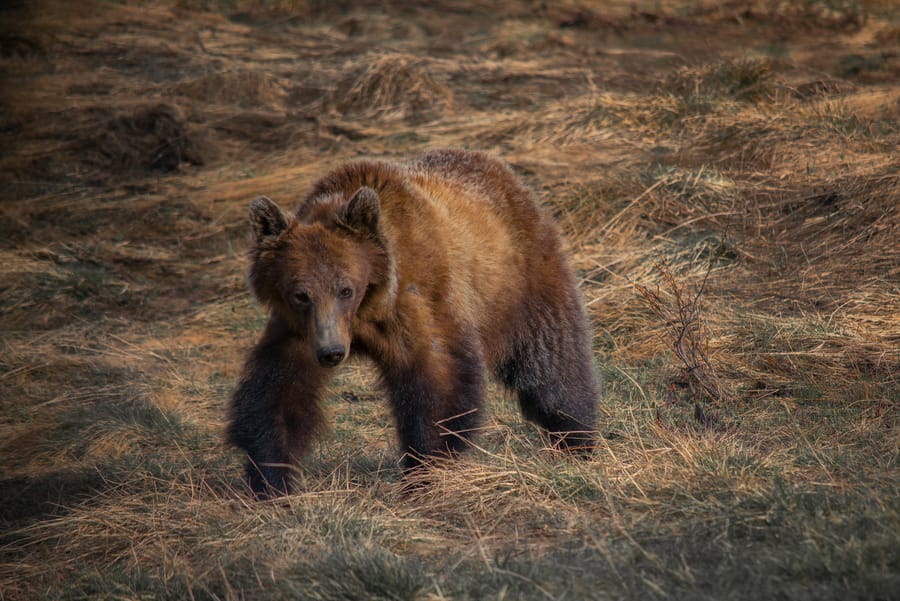
Grizzly bear
The black bear, or American black bear, is the most abundant bear species on the planet. Although at first they might look harmless, you should know that in some situations, they could attack and be dangerous.
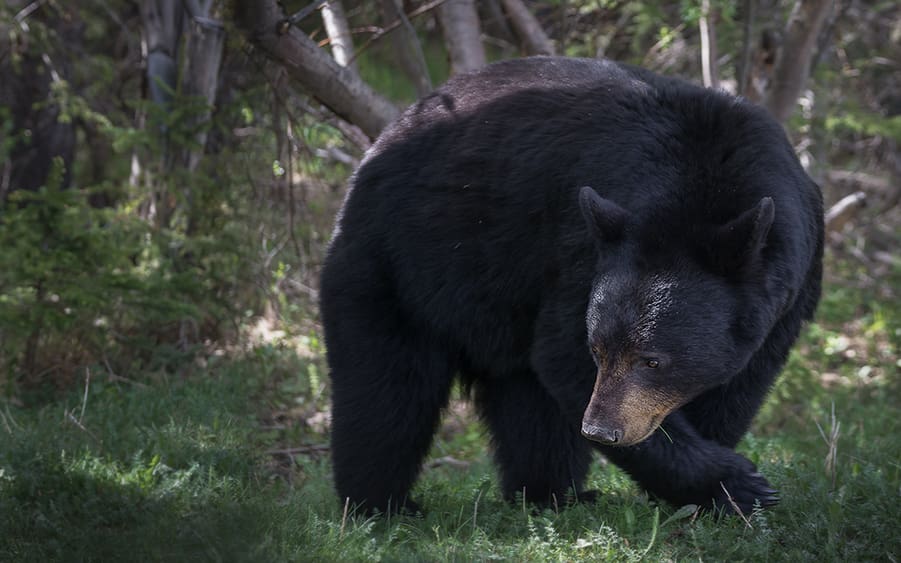
Black Bear
WHERE WE CAN FIND GRIZZLY BEARS AND BLACK BEARS
GRIZZLY
We can find grizzly bears in Canada (in the Yukon, Northwest Territories, British Columbia, and Alberta) and in the United States (in Alaska, Montana, and Northwest Wyoming).
BLACK BEARS
The habitat of the black bear is more extensive. We can find them across Canada, the United States, and Mexico.
This bear is found in all Canadian territories and in 39 of the 50 U.S. states, both on the Atlantic and Pacific coasts.
PHYSICAL CHARACTERISTICS
SIZE
Size is not a useful physical characteristic for differentiating black bears from grizzly bears since they have similar sizes.
- In general, the female grizzly weighs about 400 lbs. and the males 780 lbs., although there have been cases of grizzly bears that weigh over 1,300 lbs. A grizzly bear standing on its legs can reach 94 inches, although the average grizzly is 78 inches.
- Female black bears can weigh about 220 lbs., while the male bears weigh about 660 lbs., although black bears of up to 880 lbs. have also been found. A black bear can be as tall as 82 inches high when standing up.

Grizzly Bear – The Boss upright
Color
Color is also not a useful physical characteristic for differentiating black bears from grizzly bears since they can have similar colors.
- Grizzly bears usually have a grizzly fur, but can range from copper brown, cinnamon or gray to dark chocolate brown.

Grizzly Bear – The Boss
- Black bears are usually black, but it is also very common to see a black bear with brown or even cinnamon fur.
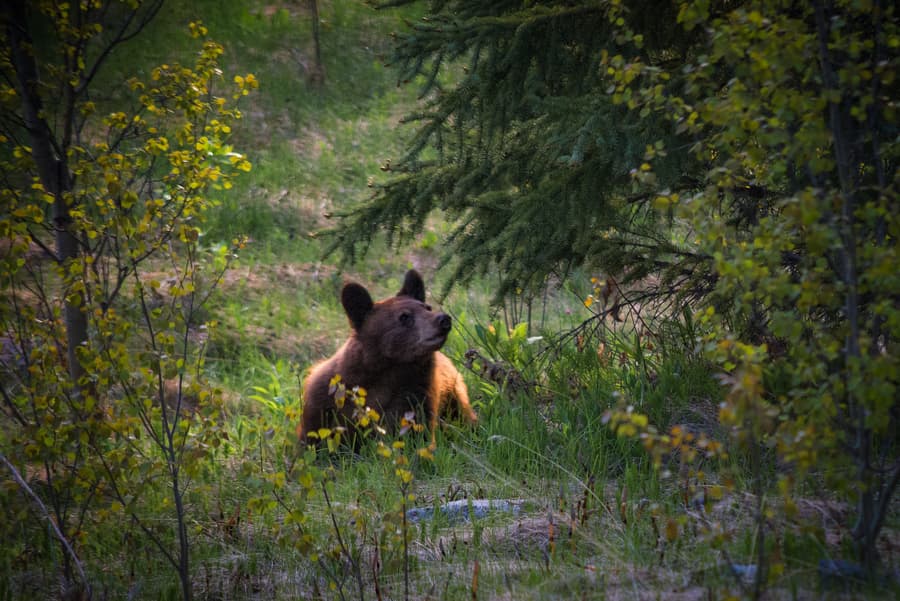
Black bear with brown color fur
HUMP
This is the main physical characteristic you can use to tell the difference between grizzly bears and black bears. The grizzly has a marked hump on its shoulders. The hump is made up of muscle mass that powers the front legs of the bear and helps it to dig deeper and more quickly.
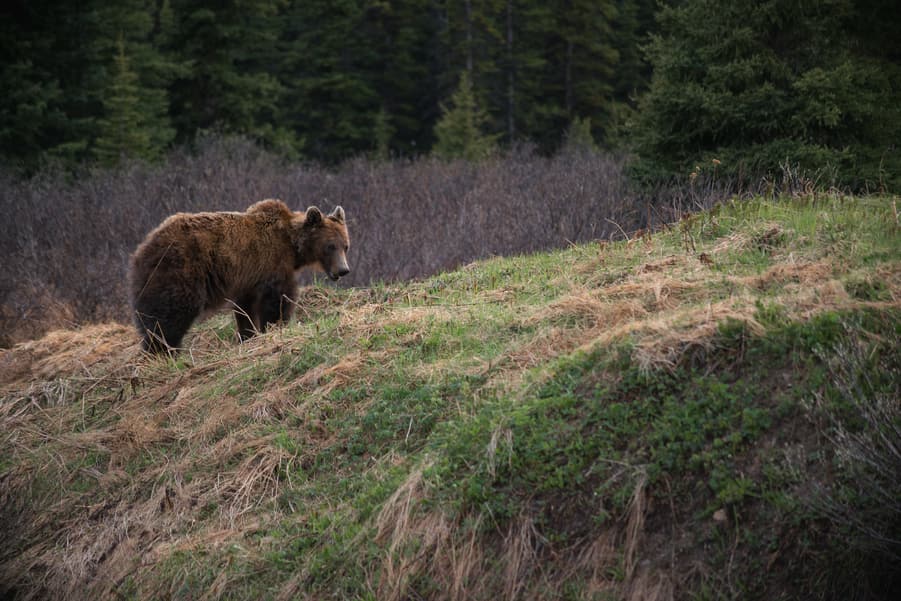
Grizzly Bear
EARS
This other feature will help you distinguish black bears from grizzly bears. The ears of the grizzly bear are small and rounded, while those of the black bear are elongated and pointed.

Black Bear
SNOUT
If we look at a grizzly bear’s face from the side we’ll see that the upper part of the snout does not follow a straight line but instead curves upwards. Essentially, we can say that a grizzly bear has a pointed nose. On the other hand, the snout of the black bear seen sideways follows a straight line.

Grizzly Bear
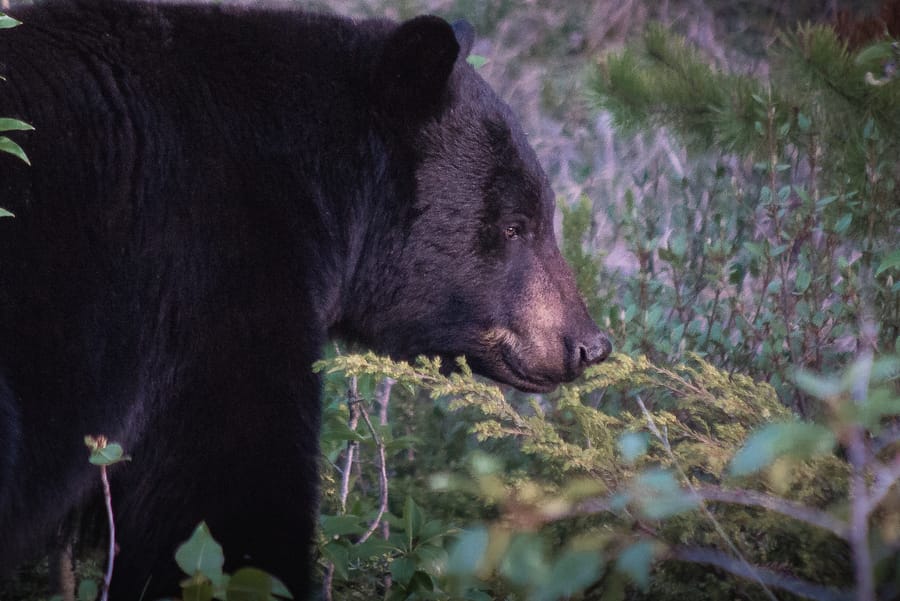
Black Bear
CLAWS
The claws of the grizzly bear are much longer than those of the black bear. Their nails can measure 2 to 4 inches, while those of the black bear are very curved, black and measure a maximum of 2 inches.
BEHAVIOR AND DIET
Both grizzly and black bears hibernate during the winter. When they leave their dens, they only return to enter the period of hibernation, so when they are out and about, they are exclusively looking for food.
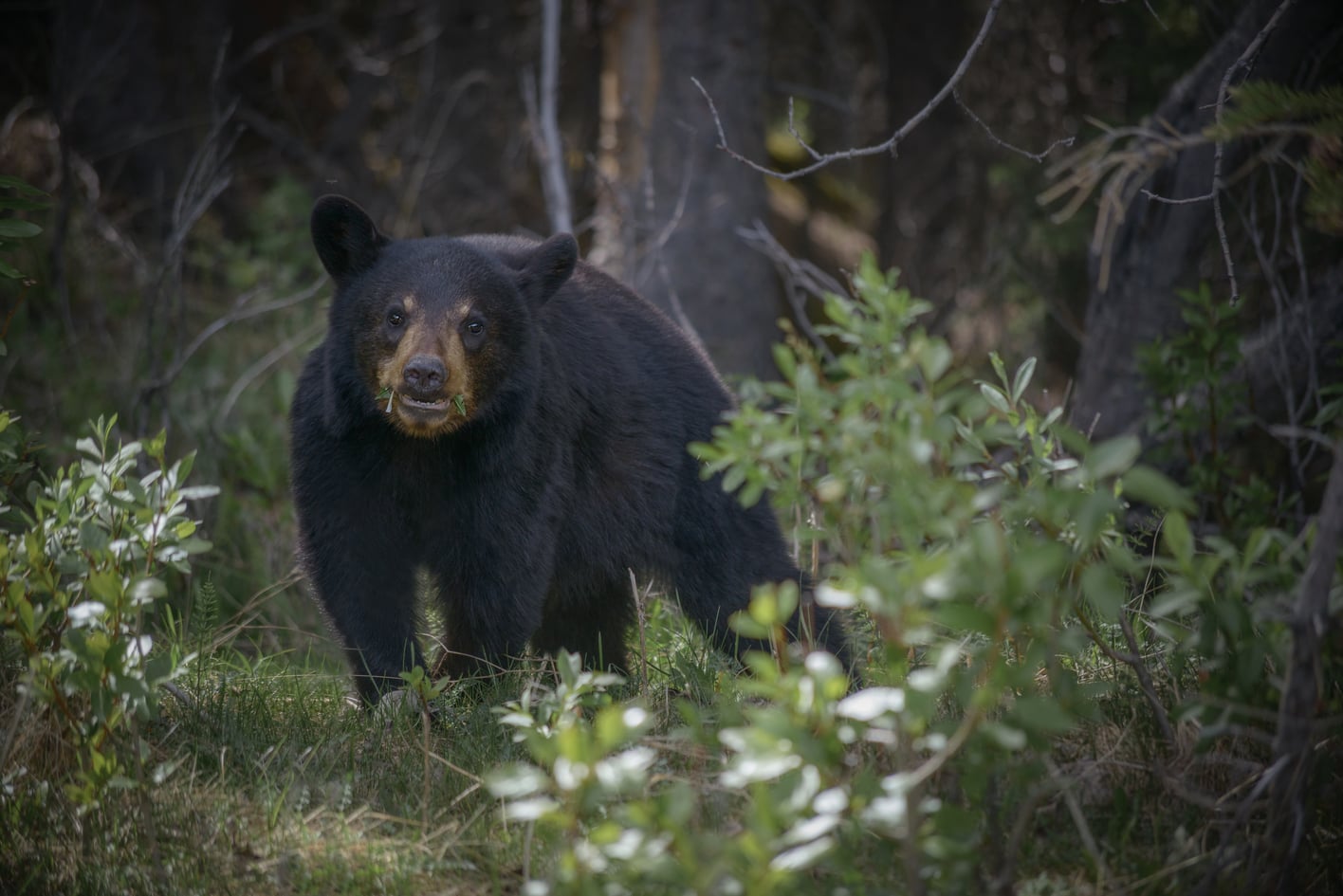
Black Bear
They spend all day long eating to get all the nutrients and fat they need to survive until next spring.
GRIZZLY BEARS
Grizzlies are known to be the most aggressive bears in the world. Their diet is omnivorous, based 90% on vegetables and the rest on fish and meat. They hunt large deer, moose or even black bears.
However, they do not consider the human being part of their diet. They tend to shy away from contact with people. If a grizzly bear attacks a human, it is either because they are taken by surprise or, very rarely, because they are stressed or hungry and can’t find any food.
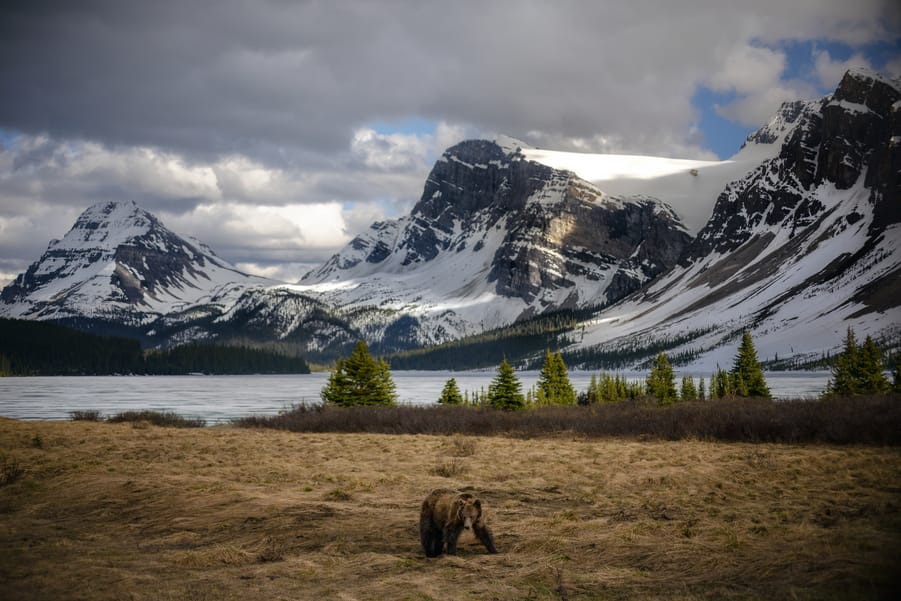
Grizzly Bear
Unfortunately, this situation is happening more and more because the habitat of the grizzly bear is being destroyed by human action. A well-known incident is that of the bears that devoured the ecologist Timothy Treadwell and his girlfriend Amie Huguenard while they were filming a documentary about grizzly bears in Alaska.
BLACK BEARS
Black bears are also omnivores, feeding mainly on vegetables but also consuming meat and fish, which makes up 10% of their diet. They are not great hunters, but, rather, opportunists. They feed on insects, carrion, crabs, honeycomb and anything they can find easily.
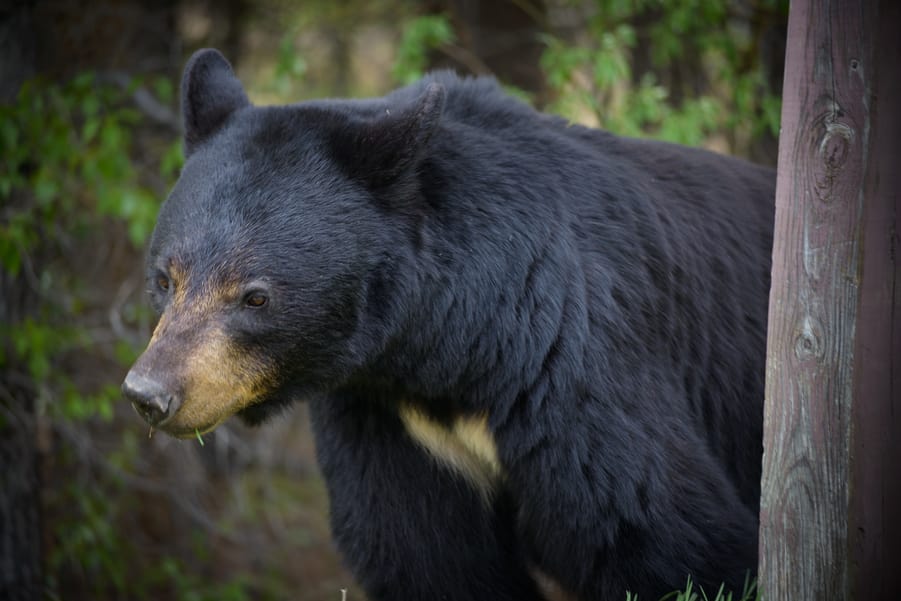
Black Bear
Among the food sources that they can find easily (and should not) are the dumpsters found near their habitats. Unfortunately, black bears are becoming used to humans, so they no longer fear people. Because of this, tricky situations happen when bears get into urban areas in search of food.
These types of attacks happen, especially in parks like Yosemite where measures to prevent bears from having access to human food have come too late.
HOW TO AVOID A BEAR ENCOUNTER IN CANADA AND THE UNITED STATES
Although we all like to see wildlife when we travel, there are certain cases where we should avoid encounters with wild animals.
You should be especially cautious when the animal is considered dangerous and you have no form of protection (i.e., being inside a car or behind an electric fence), or if the animal is only a short distance away (in the case of bears, 320 ft. is considered the necessary safe distance).
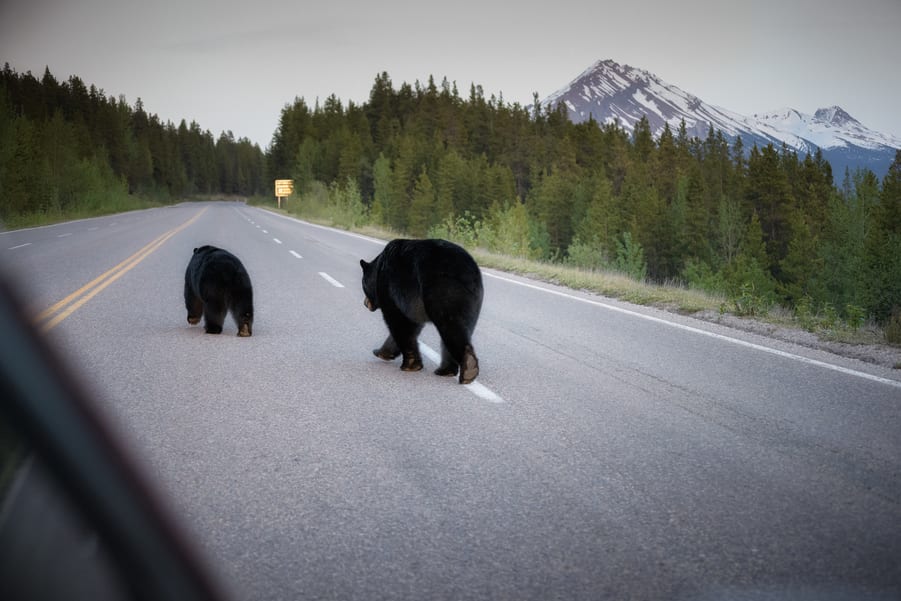
Black Bears
When you’re in nature, follow these tips to avoid a bear encounter that could trigger an attack:
- When you hike, make noise. Let the bears know your position before they can see you. Sing, speak loudly, clap your hands … Be warned, though: bear bells, although they’re very popular, are not useful.
- Walk in a group of four or more people. Never let children or pets out of your sight.
- Don’t hike at night or with low visibility. Bears are more active at night.
- Keep in mind that if you run or bike in bear country, you are more likely to be attacked. Most bear attacks are caused when the bear is startled, which could happen if you pass by suddenly on your bike or run close to its path.
- If you see recent signs of wildlife (excrement, split trunks, holes or tracks) and you think they are fresh, leave the area.
- If you find a large dead animal(deer, elk, bear, etc.), leave the area immediately. A predator (possibly a bear) might be nearby.
- Store your food properly. Try to reduce the food you are carrying as much as possible if you are trekking. Only take a snack if it is essential. If bears have an outstanding sense, it’s their smell.
HOW TO BEHAVE DURING A BEAR ENCOUNTER
If you travel to a place inhabited by bears, always take a bear spray with you. The first thing you have to do before an encounter is keep calm and prepare to use the bear spray if needed.
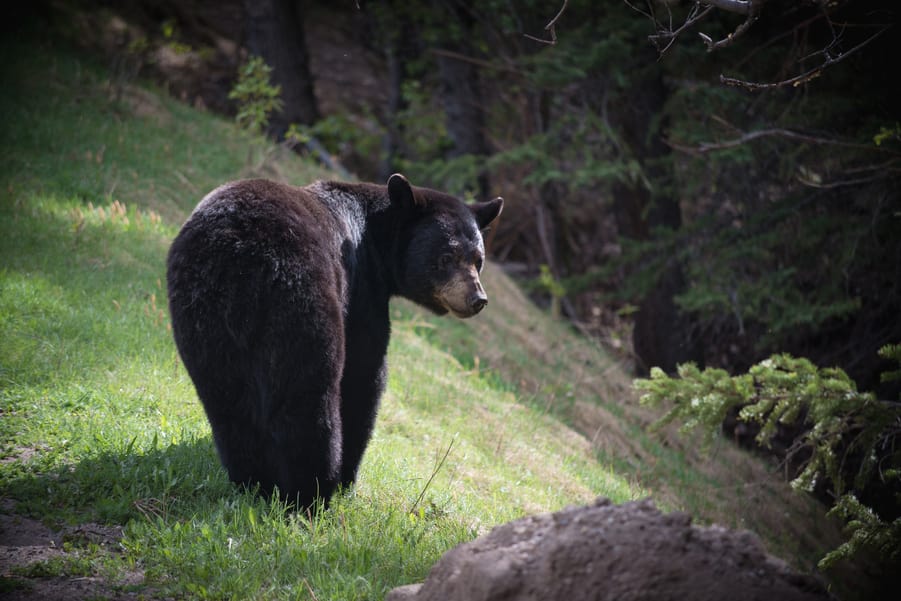
Black Bear
Watch carefully. Does the bear know you’re there?
→ If not, get away immediately without making any noise that may attract its attention or startle it.
→ If he has seen you, in most cases, the bear will be the first to want to leave the area. In some cases, the bear might pretend to charge and turn at the last second. It may also growl, snap its teeth and move its ears back as a sign of threat. In that case, try to follow these next steps:
-
- Do not lose your calm. Screaming or sudden movements can trigger an attack.
-
- Speak to the bear. Let him know that you are human and not prey. If the bear stands up on its hind legs and sniffs the air it is to identify what kind of animal you are.
-
- Go backward slowly. Never run or turn your back on it.
-
- Make yourself look bigger than you are. Stand up as straight as you can and if you have any object put it on your head.
-
- If you are in a group, do not separate. There are no registered bear attacks on groups of more than 4 people.
- Do not take off your backpack. You can use it as protection if the encounter ends in an attack.
If you need to follow a path that has been blocked by the encounter with the bear, do it only if you can maintain a safe distance and if not, wait for it to go somewhere far away.
DEFENSIVE ATTACK vs PREDATORY ATTACK
Unfortunately, sometimes, even if you follow the steps above, an attack may take place. In order to survive a bear attack, you must first find out what kind of attack it is because your behavior will be totally different depending on the type of attack.
DEFENSIVE ATTACK
Defensive attacks are the most common types of attack. They happen when a black bear or a grizzly bear is taken by surprise
Many times these attacks happen when a bear is taken by surprise while taking care of their cubs or when a bear is feeding. The bear can see you as a threat. Before this attack, the bear can seem nervous and he may growl.
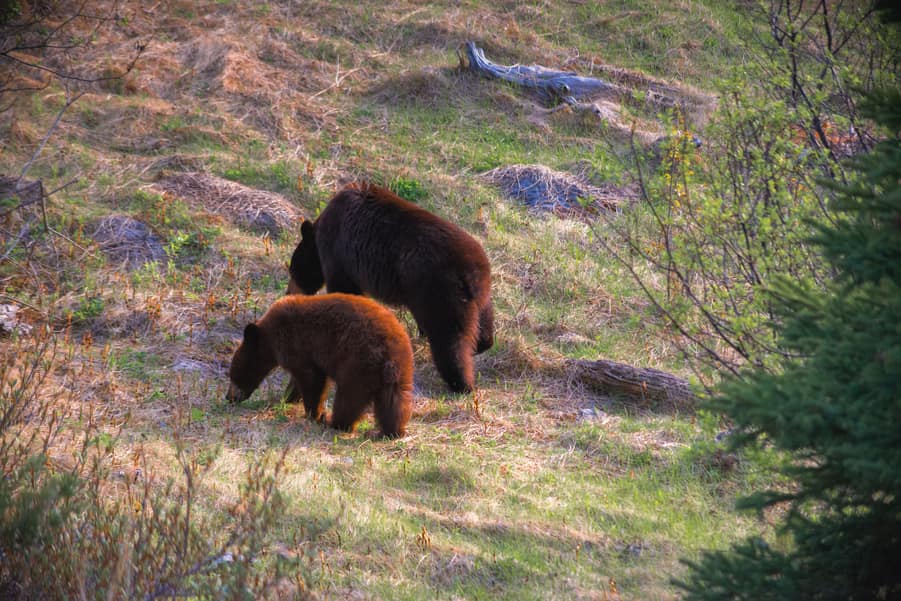
Black Bears
PREDATORY ATTACK
Predatory attacks are very rare. Most of the registered predatory attacks have been by grizzly bears. You’ll know that it’s a predatory attack if, having followed all the guidelines to avoid encounters with bears that we’ve given in this article, there has been an encounter anyway.
In this case, the bear does not see you as a threat, but, rather, as potential prey. Before this attack, the bear will be curious, with its ears and head raised.
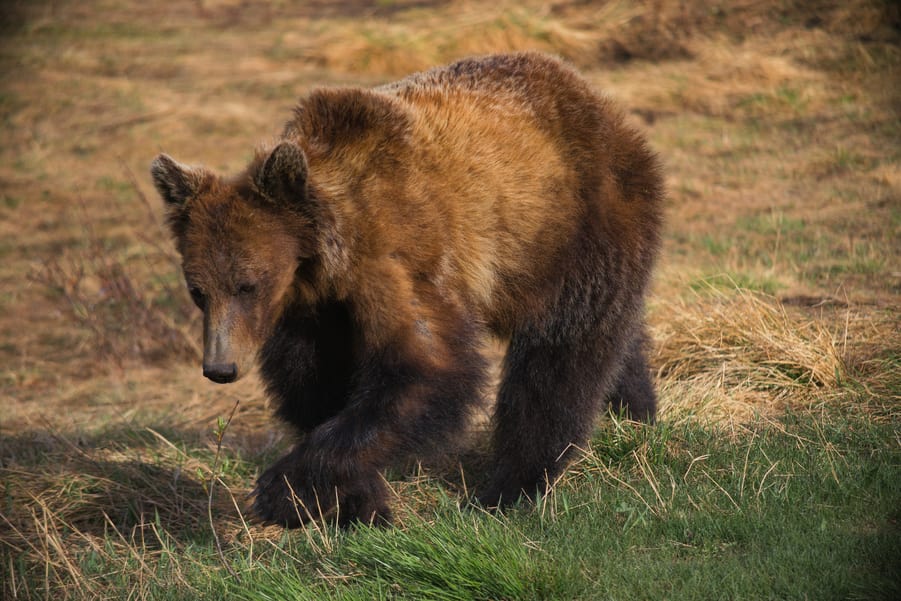
Grizzly Bear
Keep in mind that an attack can go from being defensive to predatory if you don’t act the right way.
HOW TO survive A BEAR ATTACK
Your response should be totally different depending on if you are facing a defensive or predatory attack.
HOW TO survive a DEFENSIVE ATTACK
Follow all the steps described in the section“How to Behave During a Bear Encounter.” If the bear decides to approach after all, use the bear spray.
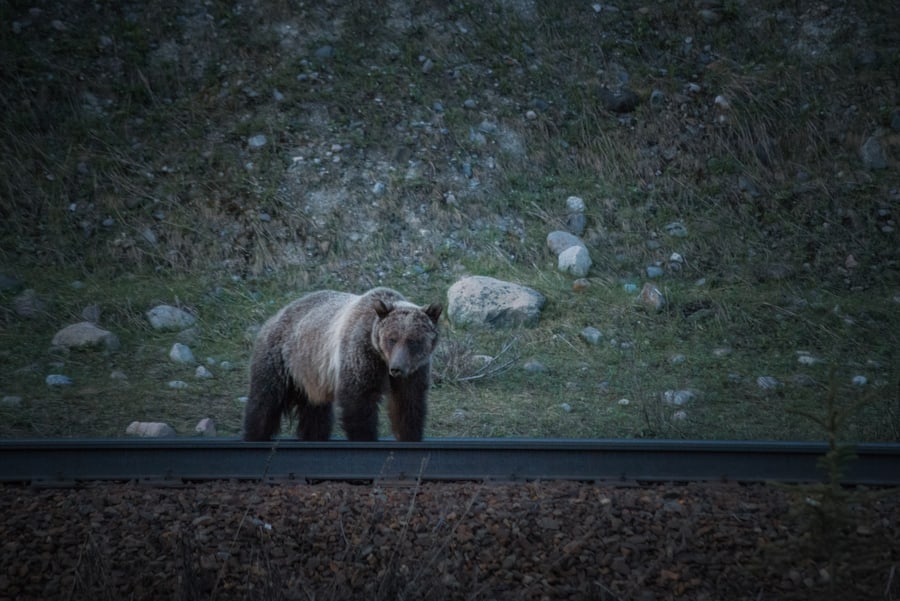
Grizzly Bear
If you don’t have a bear spray and the bear makes physical contact with you, then you need to know what kind of bear is attacking you:
- If it’s a grizzly bear(probably a bear with cubs), play dead and wait for the bear to leave. Lie face down with your legs straight and your hands on the back of your neck. The bear may want to turn you around to look at you. Do not resist. These attacks should not last more than 2 minutes. If the attack continues, it’s possible that it has become a predatory attack.
- If you are attacked by a black bear you will have to fight for your life. Concentrate on kicking on its face and snout, and use any objects you can find to hit him. If you have an opportunity, try to take shelter in a car. Climbing a tree is not a good tactic with a black bear since they are better climbers than you. Never play dead.
HOW TO SURVIVE A PREDATORY ATTACK
Predatory attacks are very rare, so I don’t believe that you will ever find yourself in this situation or, at least, I hope you won’t. However, if you think you are experiencing a predatory attack, usually by a grizzly bear, then do not play dead.
Use the bear spray and try to take shelter in a building or car.
If you can’t, try to make the bear believe that you aren’t easy prey. Try to intimidate it by screaming and hitting it with rocks or with any other object. It has to think that you are a bigger risk than it is willing to pay to get food.
CAMPING IN BEAR COUNTRY
When it comes to camping in bear country, it is important to follow a series of recommendations. However, in this case, these rules are not universal, since, to a large extent, it depends on where you are. We advise you to ask for specific information on your location at the nearest visitor center.
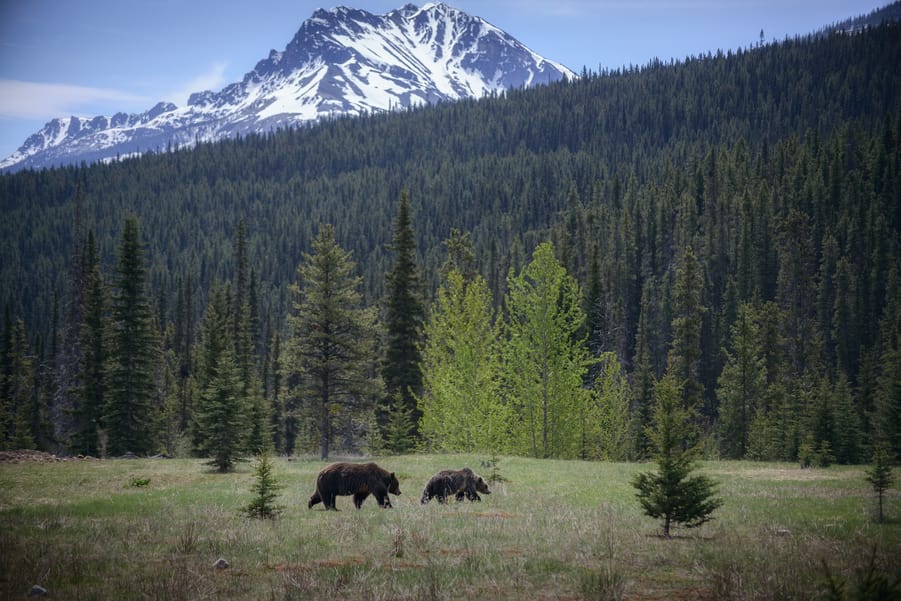
Grizzly Bears
In general, if there hasn’t been a good policy of keeping bears wild, they will have become used to the human presence and, particularly, food and will do personal and material damage in order to continue getting it.
For example, in Yosemite, it is prohibited to store food in cars, because bears break windows to eat it. This is the consequence of having allowed tourists to feed the bears for years. All food and other products with strong odors should be stored in bear-resistant food storage containers that you can find throughout the park.
However, in the Canadian Rockies, food can be stored in the car, because, thanks to the policies that have been carried out for years, bears are not used to human food.
Some general tips that we can give for camping in bear country are:
- Do not cook within 300 feet of the tent and make sure the wind is blowing in the opposite direction.
- Do not use perfume or hygiene products with strong odors.
- Do not store food in the tent.
- Do not store dirty cutlery or clean it near the tent.
- Dump garbage in the places where you should. Never store or bury waste.
If you do not have a bear-proof container (United States) or a car (Canada) to store your food and scented products, hang your backpack between two trees at a sufficient height where a bear cannot reach it and at least 300 feet away from the tent.
You should bear in mind that, in both the United States and Canada, bears that get used to human interaction or food are put down, since they return continuously to urban and camping areas, representing a danger to society.
If you do not want this to happen, it is as simple as using all the necessary measures so that no bear can access human food.
KEEP THE WILDLIFE WILD!
If you want to know where to see bears and other animals in the Canadian Rockies, don’t miss this article.
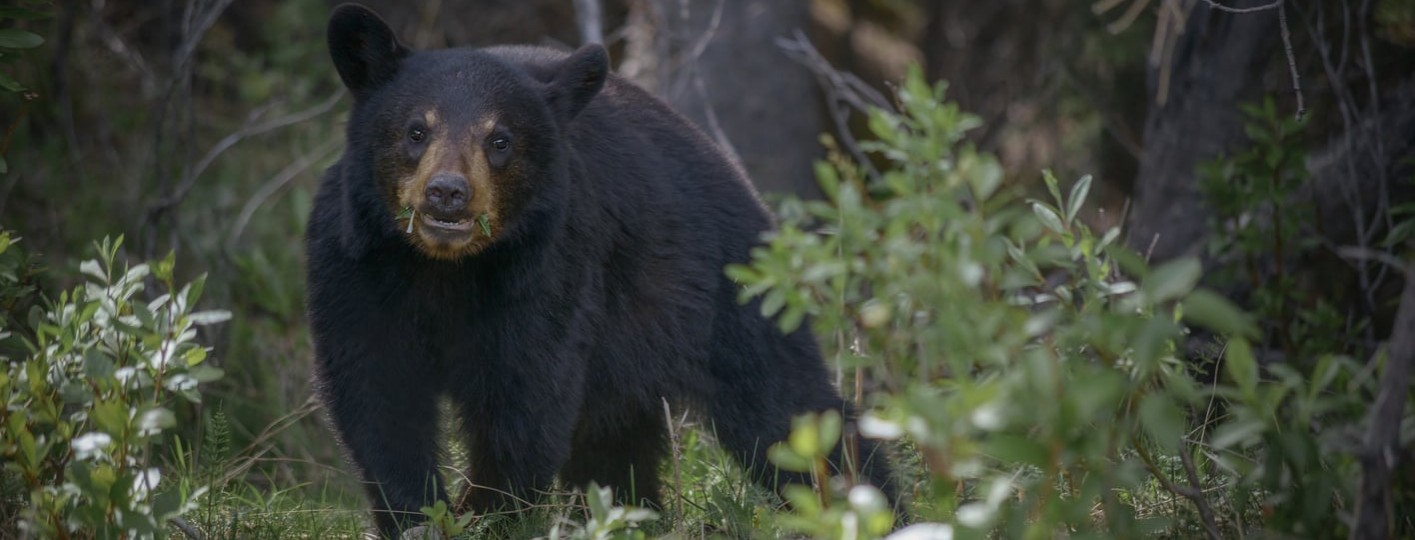
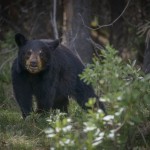
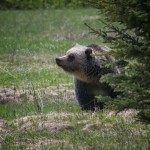
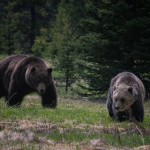
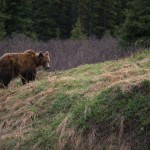
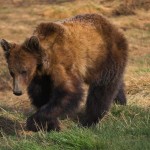
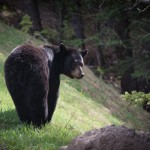
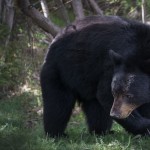
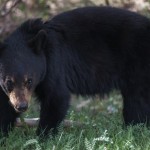
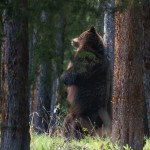
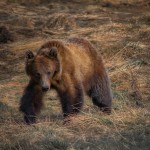

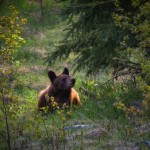
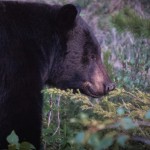

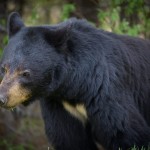


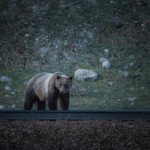
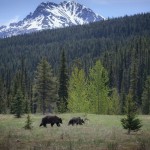
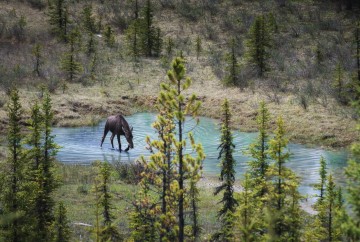
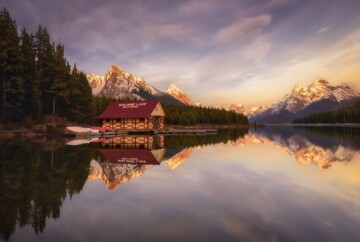
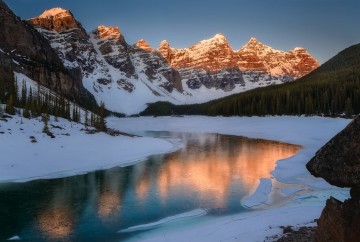







Very informative article. Thank you.
Hi Adam,
Thanks for reading! Are you planning a trip to Canada or the United States? 🙂
Ascen
thanks for info
Hi Liana,
You’re very welcome! Thanks for reading.